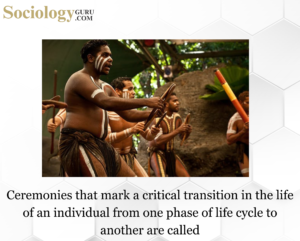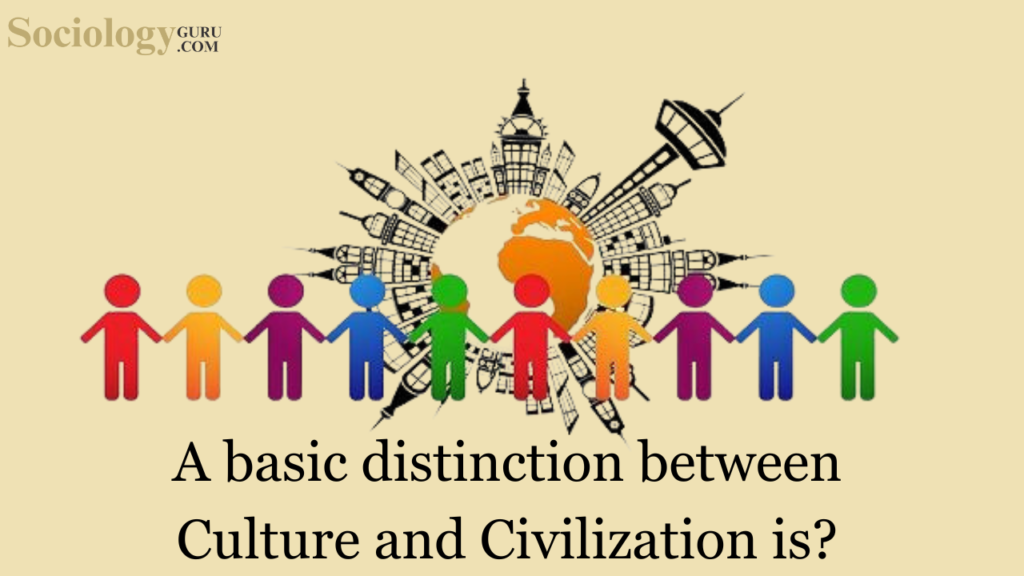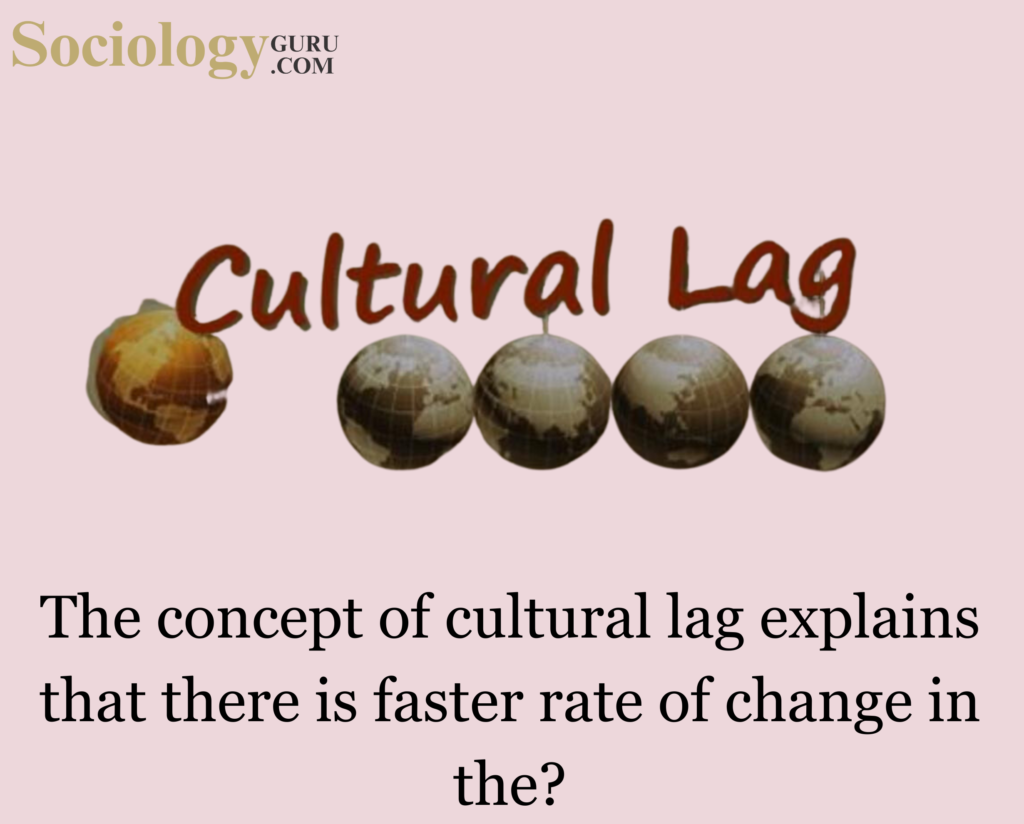
Question: Ceremonies that mark a critical transition in the life of an individual from one phase of life cycle to another are called?
- Role taking
- Rites of passage
- Status crystalisation
- Status-set
Answer: (2)
The concept of “Rites of Passage” inherently carries profound significance within various societies and cultures across the globe, acting as the ceremonial acknowledgment of an individual’s transition between distinct, pivotal phases within their lifecycle. The question at hand revolves around identifying the correct terminology for ceremonies that symbolize these crucial transitions in a person’s life, with “Rites of Passage” emerging as the quintessential term encapsulating the essence of these transformative milestones. The term ‘rites of passage’ is not merely an ordinary label, but an intricate tapestry woven with threads of societal norms, cultural values, and profound symbolism, facilitating the holistic embracement of life’s inevitable changes.
When delving into a deeper exploration of “Rites of Passage,” it is essential to recognize their omnipresence across various facets of human existence, symbolizing a multitude of life’s phases, such as birth, adolescence, marriage, and death. Each rite acts as a powerful conduit, channeling societal norms and values, bestowing upon participants an enriched understanding and acceptance of their evolving roles and statuses within the societal fabric.
Yet, the nuanced application of “Rites of Passage” extends beyond merely the universally acknowledged life stages. Within certain cultures, the recovery from severe illness or participation in cyclic ceremonies like harvest festivals can also be enveloped within the realms of rites of passage due to similarities in ritualistic procedures. However, it is paramount to acknowledge the absence of an acquisition of new social or religious statuses within such instances, delineating them from the conventional rites that are accentuated by marked transitions in societal roles or statuses.
Furthermore, the profound societal and cultural underpinnings of “Rites of Passage” also manifest in the selective application of the term. Take, for instance, the occurrence of divorce, a momentous transition imbued with significant societal implications. Despite its transformative nature, divorce rarely finds itself celebrated as a rite of passage, as the prevailing societal perceptions often do not align with the formal, institutionalized recognition of such transitions. The exclusion of such events elucidates the intrinsic alignment of “Rites of Passage” with societal approbation, championing transitions that resonate with societal acceptance, approval, or the inevitable embrace of life’s uncontrollable realms, such as death and illness.
Unveiling further layers of the multifaceted nature of “Rites of Passage” reveals a symbiotic relationship between societal values and the rites themselves. The rites do not merely act as passive conduits of tradition but actively engage in the reinforcement and perpetuation of societal norms and values, molding individuals’ perceptions and behaviors. Such a synergistic interaction underscores the rites’ essential role in bolstering societal harmony and continuity, ensuring the seamless integration of individuals within their evolving life stages.
“Rites of Passage” also inherently carry the aura of societal support, embracing individuals in the warm folds of community and shared experiences. However, the manifestation of this support predominantly aligns with transitions that resonate with societal approval or acceptance. Instances that diverge from the societal realms of approbation, such as criminal convictions, find themselves excluded from the embrace of rites of passage, highlighting the rites’ selective application in championing socially supportive and harmonious transitions.
In conclusion, “Rites of Passage” emerge as a powerful embodiment of the societal and cultural orchestration of life’s inevitable transitions, steering the symphony of existence with the baton of tradition, symbolism, and shared values. They act as monumental pillars supporting the edifice of societal harmony, continuity, and collective identity, navigating the ship of cultural integrity through the tumultuous seas of change and evolution. Understanding “Rites of Passage” necessitates the embracement of their multifaceted nature, acknowledging their roles as both the guardians and nurturers of societal and cultural legacies, weaving the vibrant tapestry of shared human experiences and collective societal journeys.
Take a Quick Sociology Quiz to measure your Performance
Frequently Asked Questions:
1. Question: Define the term “ethnic movement” and provide an example from India.
Answer: An ethnic movement refers to a collective effort by a group sharing common cultural, linguistic, or religious traits, seeking to assert their identity and rights; an example from India is the Khalistan Movement in Punjab.
2. Question: Identify the main objectives behind the Gorkhaland ethnic movement.
Answer: The Gorkhaland ethnic movement primarily seeks to establish a separate state for India’s Nepali-speaking population in the Darjeeling region, advocating for linguistic and cultural recognition and political autonomy.
3. Question: What was the Operation Blue Star, and which ethnic movement was it related to?
Answer: Operation Blue Star was a military action in 1984, aiming to remove Sikh militants hiding in the Golden Temple in Amritsar; it is related to the Khalistan movement, which sought a separate Sikh country.
4. Question: Mention a critical factor that triggered the emergence of ethnic movements in India, as discussed by Dipankar Gupta.
Answer: Dipankar Gupta emphasized that ethnicity is fundamentally a political process, wherein caste and religion, the key components of identity formation, are politicized by leaders for vested interests.
5. Question: What were the primary reasons for the Assam Ethnicity conflicts involving Bodo tribals and Bengali Muslim settlers?
Answer: The Assam Ethnicity conflicts primarily stemmed from issues related to immigration, land rights, and resource allocation, leading to clashes, riots, and evolving relationships among indigenous communities to address challenges.
6. Question: Briefly describe the role of the Dravidian Movement in terms of caste and societal structure.
Answer: The Dravidian Movement, led notably by E.V. Ramasamy, aimed to establish an egalitarian society, focusing on anti-Brahmanism and advocating for equal rights for backward castes, while also introducing reforms like self-respect marriages.
7. Question: Name the prominent ethnic movements in North-East India and specify one common objective.
Answer: Prominent ethnic movements in North-East India include the Nagas’ and Mizos’ struggles; a common objective was to gain autonomy and recognition for their distinct tribal identities and cultural uniqueness.
8. Question: What is the key argument of Gail Omveldt regarding traditional Indian society and multiculturalism?
Answer: Gail Omveldt opposed romanticizing traditional Indian society, arguing that hierarchy has always dominated it and dismissing the notion that multiculturalism is an intrinsic feature of Indian society as a myth.
9. Question: Briefly explain the social hierarchy factor as a contributing element to ethnic movements as suggested by Olzak.
Answer: Olzak suggests that the construction of hierarchies among ethnic communities, which often leads to the suppression of one group by another, is a key factor that can instigate social and ethnic movements.
10. Question: Identify one consequence of the unequal economic development factor within the context of ethnic movements in India.
Answer: One consequence of unequal economic development is the marginalization and underdevelopment of certain groups, leading to feelings of alienation and sometimes initiating ethnic movements as these groups strive for equality and recognition.
To master these intricacies and fare well in the Sociology Syllabus, aspiring sociologists might benefit from guidance by the Best Sociology Teacher and participation in the Best Sociology Coaching. These avenues provide comprehensive assistance, ensuring a solid understanding of sociology’s diverse methodologies and techniques.
META TAGS:
Why Vikash Ranjan’s Classes for Sociology?
Proper guidance and assistance are required to learn the skill of interlinking current happenings with the conventional topics. VIKASH RANJAN SIR at SOCIOLOGY GURU guides students according to the Recent Trends, making him the Best Sociology Teacher for Sociology.
At Sociology Guru, the Best Sociology Coaching platform, we not only provide the best study material and applied classes for Sociology but also conduct regular assignments and class tests to assess candidates’ writing skills and understanding of the subject.
Choose The Best Sociology Teacher for your Preparation?
To master these intricacies and fare well in the Sociology Syllabus, aspiring sociologists might benefit from guidance by the Best Sociology Teacher and participation in the Best Sociology Coaching. These avenues provide comprehensive assistance, ensuring a solid understanding of sociology’s diverse methodologies and techniques. Sociology, Social theory, Best Sociology Teacher, Best Sociology Coaching, Sociology Syllabus.
Best Sociology Teacher, Sociology Syllabus, Sociology, Sociology Coaching, Best Sociology Coaching, Best Sociology Teacher, Sociology Course, Sociology Teacher, Sociology Foundation, Sociology Foundation Course, Sociology CUET, Sociology for IAS, Sociology for UPSC, Sociology for BPSC, Sociology for UGC NET, Sociology for JPSC,
Follow us :
KEYWORD: – Ceremonies that Mark a Critical Transition, Ceremonies that Mark a Critical Transition, Ceremonies that Mark a Critical Transition, Ceremonies that Mark a Critical Transition, Ceremonies that Mark a Critical Transition, Ceremonies that Mark a Critical Transition, Ceremonies that Mark a Critical Transition Sociology, Ceremonies that Mark a Critical Transition CUET


